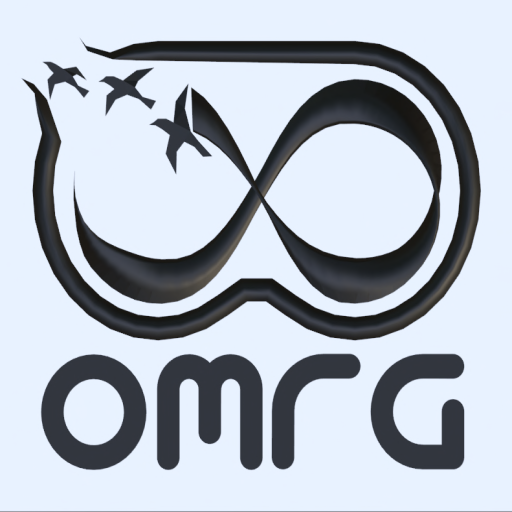Opensim 2.0: Difference between revisions
No edit summary |
mNo edit summary |
||
| Line 1: | Line 1: | ||
''''The views expressed below are not necessarily those of the Open Metaverse Research Group, but are the author's alone.'''' | '''''The views expressed below are not necessarily those of the Open Metaverse Research Group, but are the author's alone.''''' | ||
Opensim 2.0 is the name we are giving to our first test platform. At present, the extant Opensim community is using versions up to 0.9.1.4, released by the Opensim Core Developers, so it considers itself to still be in beta test mode. They may, at some point in the next few years, reach v1.0 but remain hopelessly obsolete in the metaverse community, and technologically behind other platforms like Second Life, Decentraland, etc. | Opensim 2.0 is the name we are giving to our first test platform. At present, the extant Opensim community is using versions up to 0.9.1.4, released by the Opensim Core Developers, so it considers itself to still be in beta test mode. They may, at some point in the next few years, reach v1.0 but remain hopelessly obsolete in the metaverse community, and technologically behind other platforms like Second Life, Decentraland, etc. | ||
Revision as of 23:11, 7 April 2023
The views expressed below are not necessarily those of the Open Metaverse Research Group, but are the author's alone.
Opensim 2.0 is the name we are giving to our first test platform. At present, the extant Opensim community is using versions up to 0.9.1.4, released by the Opensim Core Developers, so it considers itself to still be in beta test mode. They may, at some point in the next few years, reach v1.0 but remain hopelessly obsolete in the metaverse community, and technologically behind other platforms like Second Life, Decentraland, etc.
Our intent is to leapfrog what they are doing as an obsolete framework, radically changing the structure of Opensim with new technologies in a number of areas, such as making the asset system blockchain based and independent of any grid, as a hypergrid-level service, a new avatar system that vastly improves the quality and range of avatar options that users have, an improved scripting system as well as a change from Collada based mesh formats to GLTF formats to provide the ability to use the full range of Physics Based Rendering (aka PBR) textures to create a more photorealistic experience. We also want to consider converting grids from 2d planar worlds to spherical planets in space, making each grid either a claimed territory of and Analog Earth or their own independent planets.
Using blockchain as the decentralized, distributed asset system frees the user of any single grid operator, giving the user total control over their avatar identity in perpetuity, as well as their money and assets, groups and events. It allows for people to create links to real world activities more easily, and economically as well as socially interact in all platforms.
